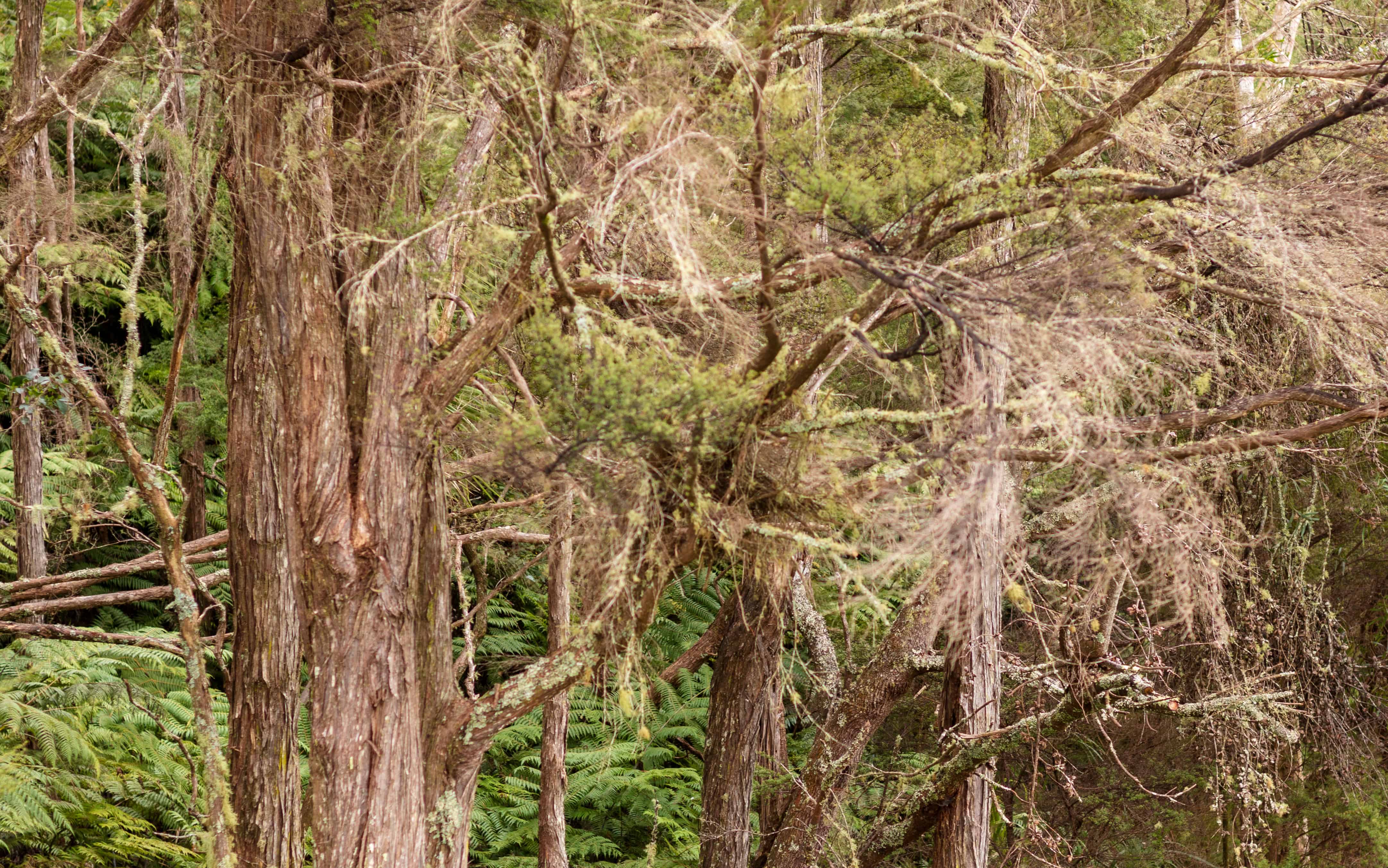New Zealand is blessed with a rich diversity of native wood species, each possessing its unique charm and characteristics. Among these, Manuka wood stands out as a distinctive and prized choice for various applications.
While you’ve probably heard of Manuka honey for both its taste and health benefits, the wood from the tree is highly prized and commercially useful, as we’ll see below.
In this post, we’ll delve into a comparative exploration of Manuka wood and other New Zealand wood species, shedding light on what makes Manuka wood truly exceptional.
The Beauty of New Zealand’s Native Woods
Before we delve into the comparison, let’s take a moment to appreciate the natural beauty of New Zealand’s native woods. These woods have been used for centuries by Maori artisans and, more recently, by craftsmen and woodworkers worldwide. Here’s a quick look at some notable native New Zealand woods:
- Rimu (Dacrydium cupressinum): Known for its rich reddish-brown color and straight grain, Rimu is a favored choice for furniture and joinery.
- Kauri (Agathis australis): Kauri wood showcases a warm golden color with a fine grain pattern. It’s highly sought after for its use in fine furniture, cabinetry, and wood paneling.
- Totara (Podocarpus totara): Totara wood offers a reddish-brown hue and remarkable durability. It’s used for carving, construction, and boat building.
- Puriri (Vitex lucens): Puriri wood is dark and dense, making it suitable for heavy construction and outdoor applications.
- Kahikatea (Dacrycarpus dacrydioides): With its light color and fine grain, Kahikatea is often used for veneer, furniture, and boat building.
Manuka Wood: What Sets It Apart
Now, let’s turn our attention to Manuka wood and explore what makes it unique compared to other New Zealand wood species namely Rimu, Kauri, Totara, Puriri and Kahikatea:
| Characteristic | Manuka Wood | Rimu Wood | Kauri Wood | Totara Wood | Puriri Wood | Kahikatea Wood |
|---|---|---|---|---|---|---|
| Color and Grain | Light to medium brown with intricate swirls and patterns. | Rich reddish-brown with straight grain. | Warm golden color with fine grain. | Reddish-brown hue, remarkable durability. | Dark and dense wood. | Light color with fine grain. |
| Density | Moderate to high-density wood. | Moderate to high-density wood. | Moderate to high-density wood. | Varies (moderate to high density). | High-density wood. | Varies (moderate to high density). |
| Durability | Moderately durable, resistant to decay and insect infestations. | Moderately durable, resistant to decay and insect infestations. | Highly durable, resistant to decay and insect infestations. | Moderately durable, resistant to decay and insect infestations. | Highly durable, resistant to decay and insect infestations. | Highly durable, resistant to decay and insect infestations. |
| Workability | Relatively easy to work with hand tools and suitable for various woodworking projects. | Suitable for woodworking projects, easy to work with hand tools. | Suitable for woodworking, but care may be needed for tearout. | Suitable for carving and construction, relatively easy to work with. | Dense and can be challenging to work with. | Suitable for various woodworking projects. |
| Uses | – Furniture, including small items and tables – Decorative items and art – Jewelry and small accessories – Kitchen utensils and cutting boards –Smoking foods | – Furniture and joinery – Cabinetry – Wood paneling | – Fine furniture – Cabinetry – Wood paneling | – Carving – Construction – Boat building | – Heavy construction – Outdoor applications | – Veneer – Furniture – Boat building |
| Resistance | Resistant to decay and insect infestations. | Resistant to decay and insect infestations. | Highly resistant to decay and insect infestations. | Resistant to decay and insect infestations. | Highly resistant to decay and insect infestations. | Highly resistant to decay and insect infestations. |
| Finishing | Accepts stains, finishes, and polishing well. | Accepts stains, finishes, and polishing well. | Accepts stains, finishes, and polishing well. | Finishing characteristics vary. | Finishing characteristics vary. | Finishing characteristics vary. |
| Sustainability | Generally considered sustainable when harvested responsibly. Conservation efforts are in place. | Conservation efforts are in place to protect Rimu populations. | Conservation efforts are in place to protect Kauri populations. | Conservation efforts are in place to protect Totara populations. | Conservation efforts are in place to protect Puriri populations. | Conservation efforts are in place to protect Kahikatea populations. |
The Versatility of Manuka Wood
While each New Zealand wood species has its merits and applications, Manuka wood’s versatility and unique grain patterns set it apart. It lends itself well to a variety of creative and functional projects, from crafting intricate jewelry to fashioning elegant furniture and kitchen utensils.
Furthermore, Manuka wood’s moderate density and workability make it accessible to woodworkers of all skill levels. Its resistance to decay and insects ensures that Manuka wood products stand the test of time.
Responsible Sourcing and Conservation
It’s important to note that many native New Zealand wood species, including Manuka, are subject to conservation efforts to protect their ecosystems and ensure their sustainable use. When choosing wood products, including Manuka wood, consider supporting responsible sourcing and environmentally conscious practices to help preserve these invaluable natural resources for future generations.
In conclusion, Manuka wood, with its distinctive beauty and versatile qualities, is a treasure among New Zealand’s native woods. Whether you’re an artisan, a woodworker, or simply someone who appreciates the artistry of nature, Manuka wood’s unique charm is bound to leave a lasting impression.

